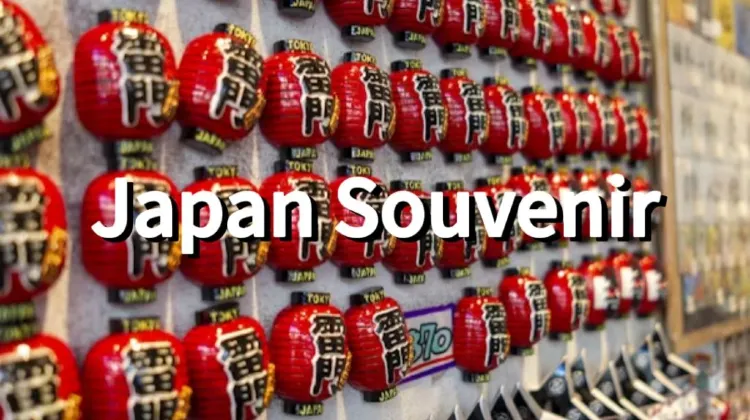
What Souvenir to Buy in Japan
"Souvenirs are memories you can touch." In Japan, each souvenir has its own story, reflecting the country's strong attention to detail and rich traditions.
When visiting Japan, consider picking up unique souvenirs such as traditional crafts like beautifully decorated Yukata or Noren, high-quality ceramics like Arita porcelain, culinary delights like matcha green tea products, or popular pop culture items like anime and manga merchandise.
Other great options include exquisite Japanese stationery, innovative beauty products, and distinctive textiles like Tenugui hand towels.
If you're looking for the perfect item to remember your trip or something special for friends and family, Japan souvenir is what you need.
Comprehensive List of Best Souvenirs from Japan
Check out our list to find traditional and modern Japan souvenirs that will keep your memories of Japan alive long after you return home.
| Category | Souvenir | Description |
| Japanese Foods | Wagashi | Traditional sweets including mochi and yatsuhashi |
| Japanese candy | Unique flavors like grapefruit | |
| Soba noodles | Buckwheat noodles with a nutty flavor | |
| Japanese Beverages | Green tea | Varieties include Sencha, Gyokuro, and Matcha |
| Japanese sake | Traditional alcoholic beverage with varied flavors | |
| Umeshu | Plum liqueur | |
| Household and Decor | Japanese tea set | Ranges from porcelain to rustic clay |
| Japanese ceramics | Items like plates, vases, tea cups | |
| Japanese fan | Includes sensu and uchiwa types | |
| Bonsai tree | Miniature cultivated trees | |
| Japanese pottery kit | Includes tools for pottery making | |
| Cultural Arts | Samurai sword | Symbol of cultural heritage |
| Japanese knives | Known for superior quality and craftsmanship | |
| Kokeshi dolls | Handcrafted and painted | |
| Furoshiki | Versatile wrapping cloth | |
| Wagasa | Traditional Japanese umbrella | |
| Tenugui | Traditional cloth with versatile uses | |
| Japanese calligraphy set | Includes brushes, ink, paper | |
| Traditional Garments | Yukata | Casual summer kimono |
| Kimono | Silk garment with various patterns | |
| Stationery and Toys | Japanese stationery | Includes notebooks, pens, washi tape |
| Japanese toys | Includes Tamagotchi, kendama | |
| Luck Items | Maneki-neko | Lucky cat figurine |
| Omamori | Amulets for luck and protection |
Detailed Info about Best Souvenirs from Japan
Japanese Foods Souvenirs
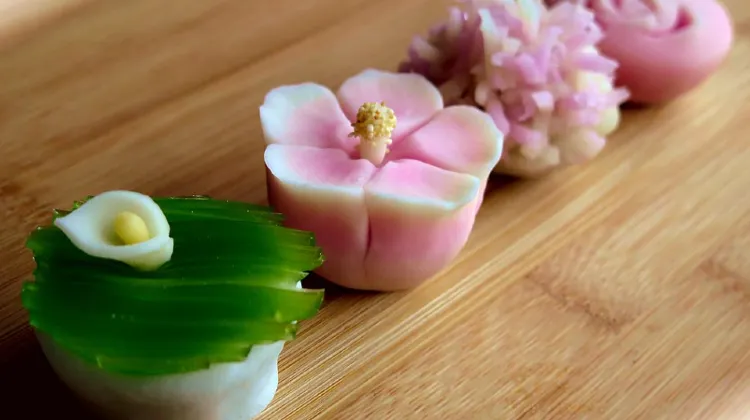
Source from Wikipedia
Wagashi Wagashi are traditional Japanese sweets that are an integral part of the tea ceremony and various celebrations. These sweets often incorporate mochi, a soft and chewy rice cake, and yatsuhashi, a cinnamon-flavored treat from Kyoto. Wagashi are admired not only for their exquisite taste but also for their artistic presentation, often inspired by the seasons. They are made from natural ingredients such as red bean paste, fruits, and edible leaves, offering a glimpse into the cultural and aesthetic sensibilities of Japan.
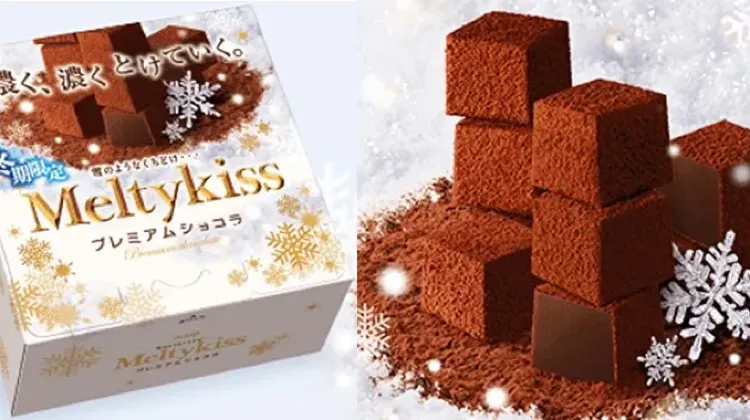
Source from Yahoo
Japanese Candy Japanese candies are renowned for their unique and often surprising flavors that range from sweet to savory and everything in between. A popular flavor is grapefruit, which offers a refreshing and tangy taste, distinct from the typical sweet candies found elsewhere. These candies come in various forms, including hard candies, gummies, and chewy textures, each designed to provide a delightful sensory experience. The packaging of Japanese candy is also noteworthy, often colorful and intricately designed, making them popular gifts.
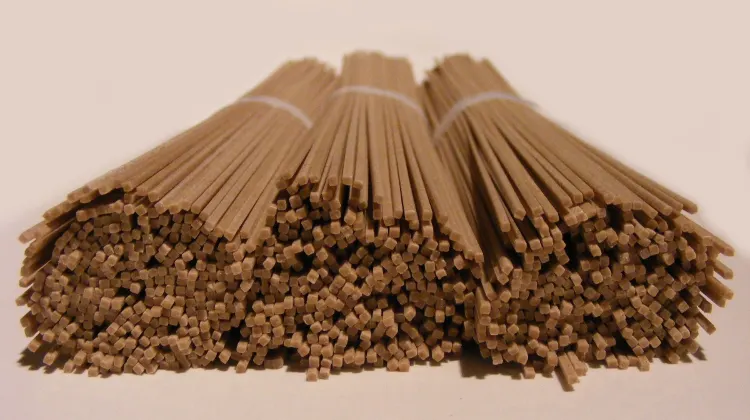
Source from Wikipedia
Soba Noodles Soba noodles are a staple of Japanese cuisine, made from buckwheat flour, which gives them a distinct nutty flavor and a slightly grainy texture. These noodles are enjoyed cold with a dipping sauce in the summer or hot in a broth during colder months. Soba is appreciated for its nutritional benefits, including being a good source of protein, fiber, and minerals. The versatility and simplicity of soba noodles make them a beloved dish in Japan and increasingly popular worldwide.
Japanese Beverages
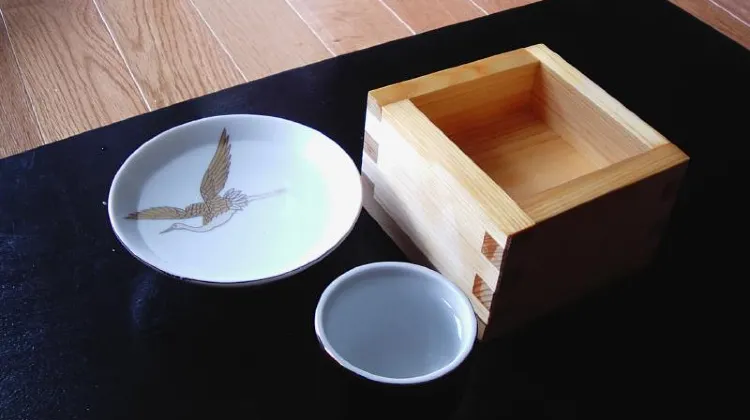
Japanese Sake (Source from Wikipedia)
Green Tea Japanese green tea includes a variety of types such as Sencha, Gyokuro, and Matcha, each offering a unique flavor and set of health benefits. Sencha, the most commonly drunk, has a delicate balance of sweetness and bitterness. Gyokuro is shaded longer than Sencha, giving it a darker color and a sweeter taste. Matcha, a powdered green tea, is celebrated for its vibrant green color and has become famous worldwide for its role in the Japanese tea ceremony as well as its use in desserts and lattes.
Japanese Sake Sake, a traditional Japanese rice wine, plays a central role in Japanese culture and cuisine. Made from fermented rice, water, yeast, and koji mold, sake comes in various flavors ranging from sweet to dry, depending on the brewing process. It can be enjoyed chilled, at room temperature, or heated, with each temperature expressing different aspects of its flavor profile. Sake tasting is an art form, reflecting the craftsmanship of its brewers.
Umeshu Umeshu is a sweet and fragrant plum liqueur made from ume plums, a type of Japanese apricot, steeped in liquor and sugar. It has a deep, rich flavor and can be served on the rocks, mixed into cocktails, or used as a dessert topping. The drink is known for its health benefits, including aiding digestion and reducing fatigue. Umeshu's unique flavor captures the essence of Japanese plums, making it a popular choice for both casual and formal occasions.
Household and Decor
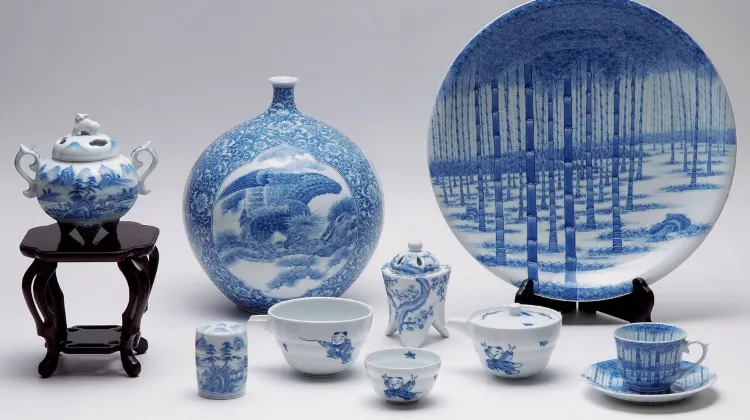
Japanese Tea Set (Source from Japanobjects)
Japanese Tea Set A Japanese tea set is a collection of items essential for performing the Japanese tea ceremony, including teapots, tea bowls, and other tea-making utensils. These sets range in material from elegant porcelain to earthy rustic clay, each offering a different aesthetic and influencing the tea's flavor. The craftsmanship involved in creating these sets is highly respected, and they are considered both functional items and works of art.
Japanese Ceramics Japanese ceramics are celebrated worldwide for their beauty and craftsmanship. Items such as plates, vases, and tea cups are commonly made, each piece reflecting the regional traditions and the individual artist’s technique. The variety in glazes and shapes makes Japanese ceramics highly collectible. These items are not only used for daily meals but also play important roles in traditional rituals and hospitality.
Japanese Fan Japanese fans, including the folding sensu and the non-folding uchiwa, are more than just practical items for cooling oneself. They are imbued with cultural significance and are often used in traditional dances and ceremonies. The fans are beautifully crafted, often featuring intricate designs and calligraphy, representing various natural elements and seasonal themes. They serve as a symbol of refinement and aesthetic sensibility in Japanese culture.
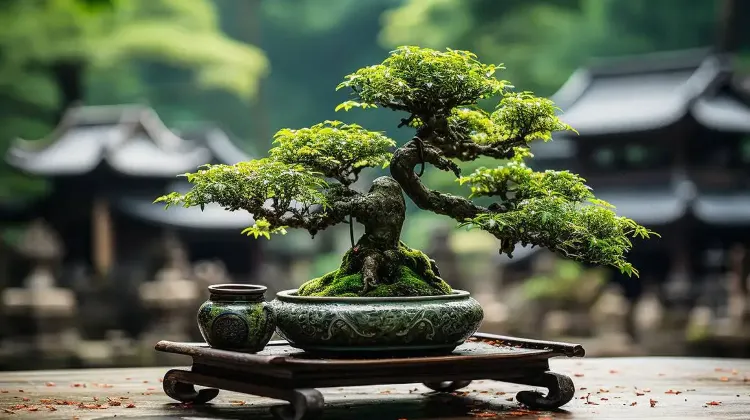
Bonsai Tree (Source from Glamor Garden)
Bonsai Tree The bonsai tree is a miniature tree meticulously cultivated to maintain its small size through careful pruning and care. Originating in Japan, bonsai reflects the Japanese aesthetic of wabi-sabi, which finds beauty in imperfection and transience. Each bonsai tree is a unique work of living art, symbolizing harmony, patience, and persistence. They require specific care and attention, making the practice of bonsai both a hobby and a form of meditation. Bonsai trees are often displayed in homes and gardens as symbols of nature and contemplation.
Japanese Pottery Kit A Japanese pottery kit includes all the necessary tools for crafting pottery, such as clay, sculpting tools, and sometimes a small wheel. These kits allow enthusiasts to experience the traditional art of Japanese pottery making, which emphasizes a connection between the natural material and the creator’s hands. Pottery making is considered a therapeutic activity, offering a moment of peace and creativity. The kit is ideal for beginners and experienced potters alike, providing a hands-on way to explore the rich pottery culture of Japan.
Cultural Arts
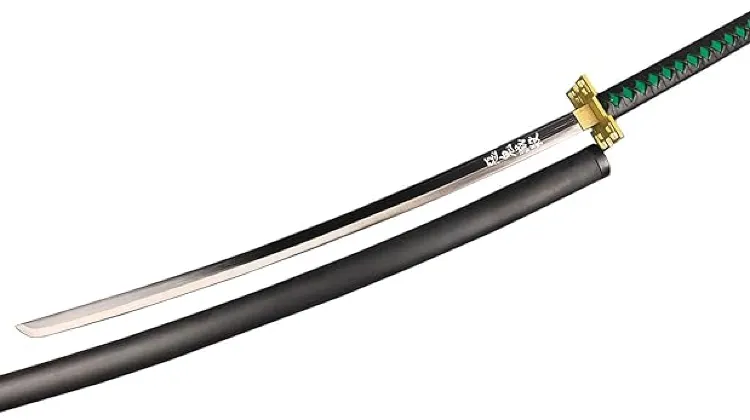
Samurai Sword (Source from Amazon)
Samurai Sword The Samurai sword, or katana, is a symbol of cultural heritage in Japan, known for its sharpness and distinctive curved blade. Historically, it was the weapon of the Samurai, the noble warriors of feudal Japan. Today, these swords are revered for their craftsmanship and beauty, often made by master smiths using traditional techniques passed down through generations. Collectors and martial arts practitioners particularly value original and authentically made swords for their historical and aesthetic significance.
Japanese Knives Japanese knives are esteemed worldwide for their superior quality and craftsmanship. Originating from centuries-old techniques, these knives are crafted with precision for various culinary tasks. Chef’s knives, sushi knives, and vegetable knives are some of the specialized types, each designed for specific cutting needs. The steel used is typically harder than that of Western knives, allowing for a sharper and longer-lasting edge. Professional chefs and cooking enthusiasts often seek out Japanese knives for their performance and durability.
Kokeshi Dolls Kokeshi dolls are traditional Japanese wooden dolls, handcrafted and painted with a simple yet charming design. Originating from the Tohoku region, these dolls are characterized by their lack of arms and legs, with the focus on a cylindrical body and an enlarged head. Each doll is often adorned with floral patterns and vibrant colors, reflecting the artisan's style and the regional attributes. Kokeshi dolls are popular among collectors and tourists as a symbol of Japanese craftsmanship and folk art.
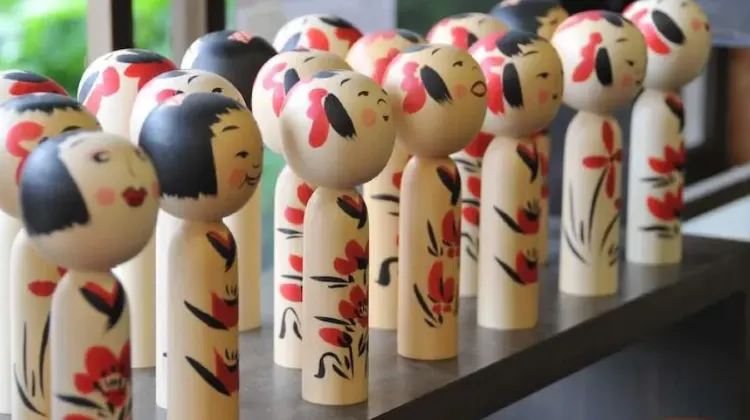
Kokeshi Dolls (Source from japantravel)
Furoshiki Furoshiki is a traditional Japanese wrapping cloth that is versatile and eco-friendly. Used for bundling and transporting goods, furoshiki can be tied in various ways to wrap different objects, from bottles to books. The practice of using furoshiki is considered an art form and reflects the Japanese ethos of mottainai, which emphasizes reducing waste. These cloths come in many designs, often featuring traditional motifs or contemporary graphics, making them practical yet stylish accessories.
Wagasa Wagasa, the traditional Japanese umbrella, is known for its beauty and craftsmanship. Made from bamboo and washi paper, these umbrellas are waterproof and durable, designed to provide protection from rain or sun. The wagasa is also used in traditional Japanese dances and tea ceremonies, adding an element of grace and cultural depth. Its construction and aesthetic appeal make it a sought-after item not only for practical use but also as a decorative piece.
Japanese Calligraphy Set A Japanese calligraphy set typically includes brushes, ink sticks, an ink stone, and paper. Calligraphy, or "shodo," is a revered art form in Japan, emphasizing the beauty of writing Japanese characters with fluid, expressive strokes. These sets enable beginners and skilled calligraphers alike to practice this meditative art form, which is considered both a skill and a way to cultivate calmness and focus. The sets are designed to appreciate the traditional aspects of Japanese culture through the art of writing.
Traditional Garments
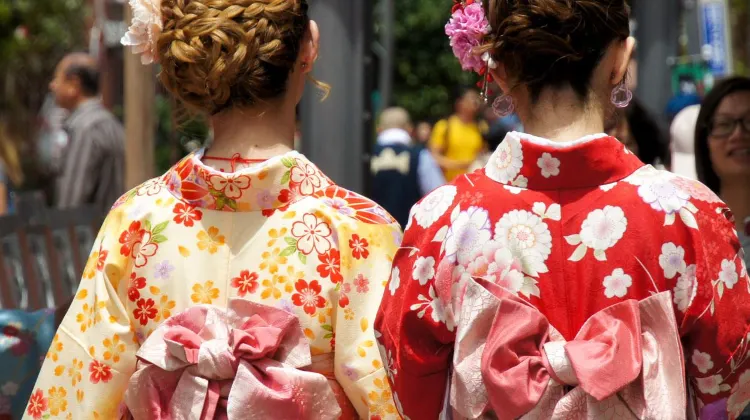
Yukata (Source from kanpai japan)
Yukata The yukata is a casual summer kimono, usually made from cotton or synthetic fabric, making it lightweight and comfortable. Traditionally worn during fireworks festivals and other summer events, yukatas are less formal than kimonos and are often brightly colored with seasonal patterns. The garment is considered a popular choice for those looking to experience traditional Japanese attire in a more relaxed setting.
Kimono The kimono is a traditional Japanese garment known for its long sleeves and wrap-around design, typically secured with a sash called an obi. Made from silk and other high-quality materials, kimonos are highly valued for their intricate designs, vibrant colors, and the skill required to wear them properly. Worn during formal occasions and festivals, kimonos are a symbol of Japanese culture and heritage, representing elegance and grace.
Tenugui Tenugui are traditional Japanese cloths made from cotton and characterized by their absorbency and quick-drying nature. These cloths are versatile, used for anything from hand towels and headbands to decorative pieces and gift wrapping. The designs on tenugui often include seasonal themes, famous characters from Japanese folklore, or simple, elegant patterns. Their practicality and cultural significance make tenugui a popular choice for both daily use and as a souvenir.
Stationery and Toys
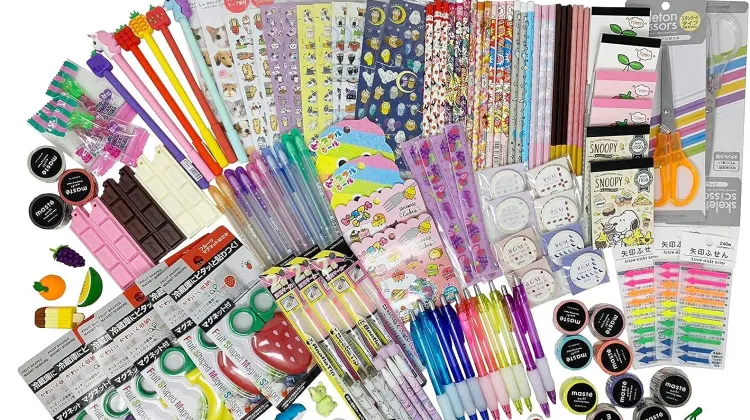
Japanese Stationery (Source from Amazon)
Japanese Stationery Japanese stationery is celebrated for its quality and innovative design. Items such as notebooks, pens, and washi tape are popular for their functionality and aesthetic appeal. Washi tape, in particular, is notable for its decorative patterns and versatility in craft projects. Japanese stationery items are sought after by professionals, artists, and students alike, who appreciate the attention to detail and the blend of traditional and modern designs that characterize Japanese stationery.
Japanese Toys Japanese toys, such as Tamagotchi and kendama, are recognized globally for their originality and entertainment value. Tamagotchi, a digital pet simulation game, became a worldwide phenomenon, engaging users by mimicking the care of a pet. Kendama, a traditional toy consisting of a ball and string attached to a wooden base, challenges users with skill-based games. Both toys reflect the innovative spirit of Japanese toy manufacturing, combining fun, skill-building, and cultural elements.
Luck Items
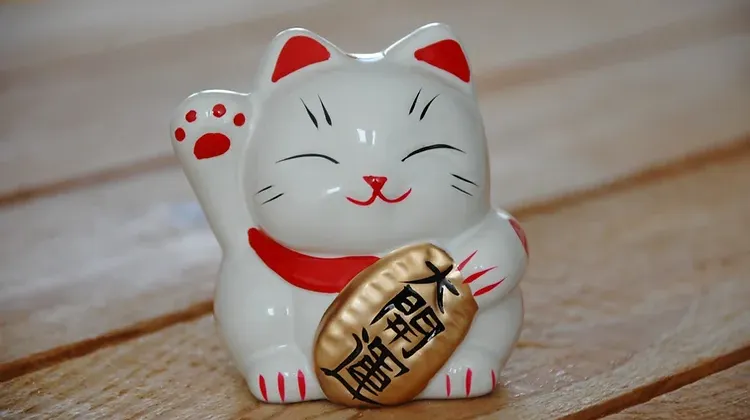
Maneki-neko (Source from chinskikacik)
Maneki-neko The Maneki-neko, or "beckoning cat," is a popular Japanese figurine believed to bring good luck and fortune. Typically made of ceramic, these cat figurines are often found in businesses and homes, with a raised paw that is said to attract wealth and good luck. They come in various colors, each representing different blessings, such as white for happiness and black for protection against evil.
Omamori Omamori are traditional Japanese amulets commonly sold at shrines and temples, intended to provide protection and good luck. These amulets cover various aspects of life, from health and education to love and safety in travel. They are typically enclosed in a small fabric pouch and are carried on one's person or kept in a place of importance. Omamori are a deeply rooted part of Japanese culture, reflecting the people's spiritual beliefs and their wishes for well-being.
Tokyo Souvenirs: What to Buy in Tokyo
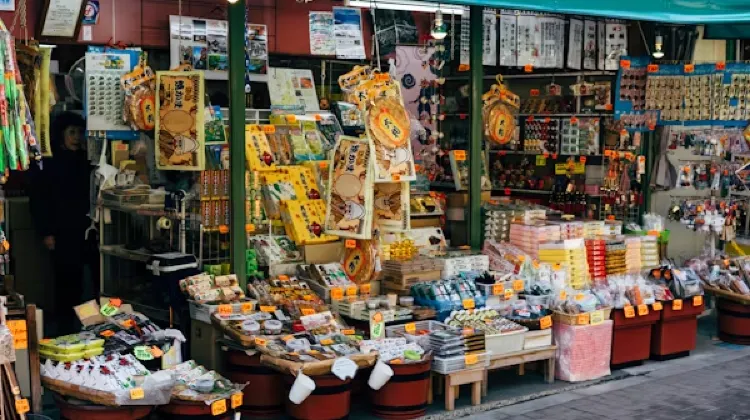
| Tokyo Shop Name | Specialty Souvenirs | Notable Features |
| Don Quijote | Japanese Kitkats, snacks, unique gifts | Discount prices, many locations |
| Tokyu Hands | Japanese-made items, stationery | High-quality goods |
| LOFT | Stationery, specialty goods | Fancy and handy everyday items |
| Village Vanguard | Playful items, books, novelties | Creative and youthful merchandise |
| Yodobashi Camera | Electronics, cameras | Latest high-tech devices |
| Matsumoto Kiyoshi | Cosmetics, health care | Affordable beauty products |
| Kiddy Land | Hello Kitty, Sanrio goods | Character merchandise |
| DAISO | 100-yen quality items | Extremely budget-friendly |
| Bic Camera | Electronics | Major electrical goods store |
| Ameyoko, Ueno | Affordable souvenirs, street food | Vibrant shopping district |
Kyoto Souvenirs: What to Buy in Kyoto
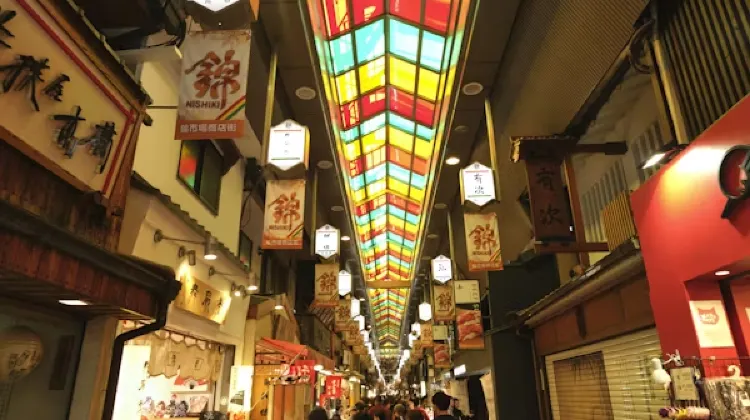
| Souvenir Category | Item | Location & Feature |
| Pottery & Ceramics | Kyo Yaki & Kyomizu Yaki | Kyoto Handicraft Center, Roku Roku Dou |
| Sweets | Yatsuhashi | Yatsuhashi-an & Shisyu-yakata, Toraya, Kogetsu |
| Dolls | Kimekomi Dolls | Kyoto Handicraft Center, Ashida and Nakayama |
| Textiles | Nishijin Textiles | Nishijin Textile Center, Kyoto Handicraft Center |
| Lacquerware | Kyo-shikki | Zohiko, Isuke |
| Sake | Fushimi Sake | Gekkeikan Okura Sake Museum, Otesuji shopping street |
| Incense | Shoyeido Incense | Shoyeido Main Store, Shoyeido Sanneizaka Store |
| Traditional Fans | Kyo Sensu | Ohnishi Tsune Shoten, Hakuchikudo |
| Tea | Uji-cha | Ippodo, Marukyu Koyamaen |
| Cosmetics | Yojiya Traditional Cosmetics | Yojiya Main Store, Yojiya Gion, Yojiya Daimaru |
Osaka Souvenirs: What to Buy in Osaka

| Where to Find | Osaka Souvenir | Details |
| Hankyu Umeda Main Store | Yukata | Light summer robes perfect for relaxation and comfort. |
| Tokyu Hands | Gadgets and Hi-tech Items | Must-visit for fans of cutting-edge technology and gadgets. |
| Den-Den Town | Pop Culture Goods | Center for anime, manga, and Japanese character goods. |
| Expo City | Clothing and Fashion Items | Vast selection of trendy apparel and fashion items. |
| Amerika Mura | Pop Culture and Urban Fashion | Shops selling pop culture goods alongside urban fashion. |
| Midosuji/Shinsaibashi Area | Brand-Name Fashion | High-end fashion street with luxury and international brands. |
| Doguyasuji Shopping Arcade | Japanese Cooking Supplies | Extensive range of cookware, including unique items like takoyaki makers. |
| Hankyu Umeda Main Store (B1 Floor) | Japanese Sweets | A wide array of traditional Japanese sweets. |
| Hankyu Umeda Main Store | Green Tea | Specialty shops offering a variety of green teas. |
| Den-Den Town | Electronics | The sprawling electronics neighborhood with a vast array of items. |
Mt Fuji Souvenirs: What to Buy in Mt Fuji

| Souvenir Type | Description | Price (Yen) |
| Fuji Vicissitudes Mt. Fuji Senbei | Bite-sized rice crackers representing different seasons of Mt. Fuji | 460 (per packet) |
| Mt. Fuji Hororin Chocolate | Chocolate cookies shaped like Mt. Fuji, available in multiple flavors | 648 (per box) |
| Fuji Sugata | Snack resembling the architecture of Mt. Fuji World Heritage Center | 1,000 (per box) |
| Mt. Fuji's Peak T-Shirt | T-shirt featuring an illustration of Mt. Fuji’s summit | 1,760 (per piece) |
| Case 3776 | Creative tissue box designed like Mt. Fuji | 1,650 |
| Chief Sumidagawa | Furoshiki featuring traditional Japanese art | 770 |
| Orizuru 36 Views of Fuji | Origami paper with Mt. Fuji-themed ukiyo-e prints | 550 |
| Mt. Fuji Stained Glass | Handmade stained glass by local artists, each uniquely shaded | 556 |
